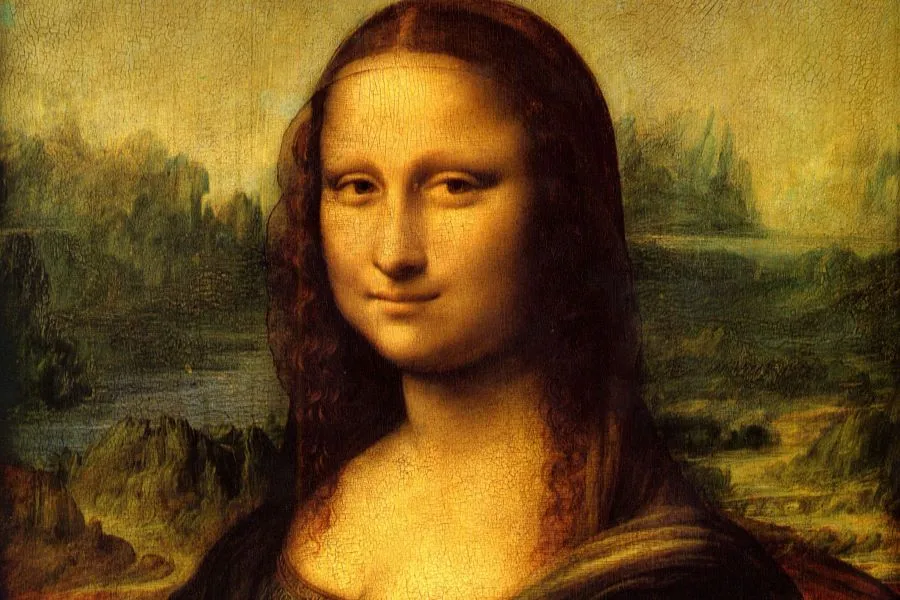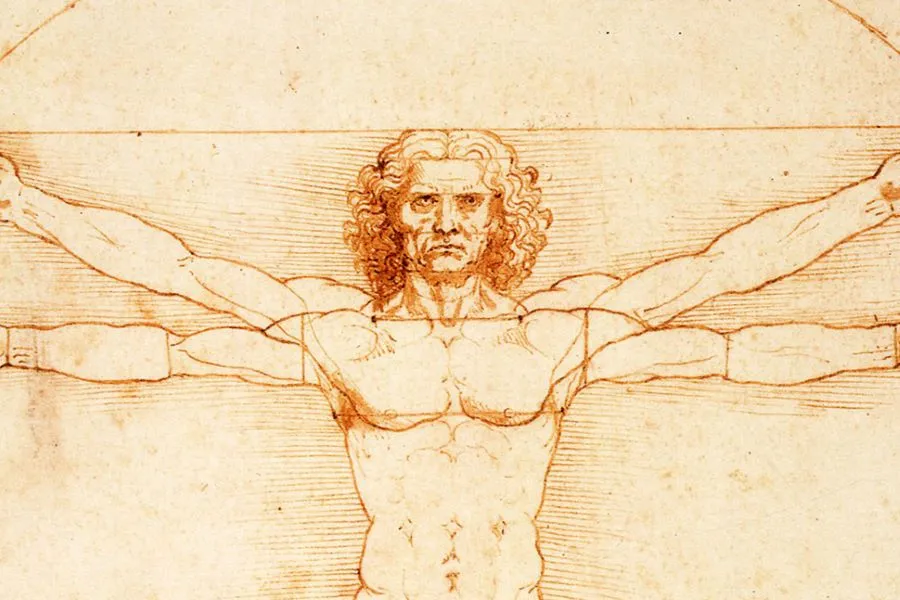Leonardo da Vinci, one of history’s greatest minds, is an icon of the Renaissance. He was not only a talented painter but also a scientist, inventor, anatomist, engineer, architect, and philosopher. His life and career are deeply rooted in Italy, the land of his birth, upbringing, and the creation of his timeless masterpieces.
So, what made Leonardo da Vinci so great? Join “Discovery To Wonders” as we explore his life’s journey and career in Italy to better understand the man, his talents, and his immense contributions to humanity.
Leonardo da Vinci: Portrait of a Multifaceted Genius
Leonardo di ser Piero da Vinci was born in 1452 in Vinci, a small town near Florence, Italy. From a young age, he displayed exceptional talent in art and science. In 1466, he apprenticed at the workshop of Andrea del Verrocchio in Florence, where he received comprehensive training in painting, sculpture, and other skills.
His apprenticeship in Florence helped Leonardo develop his exceptional talents and shape his unique artistic style. His significant early painting, “The Adoration of the Magi,” although unfinished, clearly demonstrated his creativity and masterful technique, especially in his use of Chiaroscuro, a technique using the contrast of light and shadow to create depth and dramatic effect.

Leonardo da Vinci was not only a talented artist but also a brilliant scientist and inventor.
Career Journey and Timeless Masterpieces
In 1482, Leonardo da Vinci moved to Milan and worked for Ludovico Sforza, the Duke of Milan. Here, he not only painted but also participated in engineering and architectural projects, while also studying anatomy and science. During this time, he created two famous works: “The Virgin of the Rocks” and “The Last Supper.”
“The Last Supper”: An Icon of Renaissance Art
“The Last Supper” is one of the greatest religious paintings of all time. The painting depicts the moment Jesus announces to his disciples that one of them will betray him. Leonardo successfully captured the emotions and reactions of each character, creating a dramatic and moving work.
“The Last Supper” is one of the greatest religious paintings of all time, demonstrating Leonardo da Vinci’s masterful talent in depicting emotion and drama.
“Mona Lisa”: The Enigmatic Smile that Captivates Hearts
After Milan was invaded by French forces, Leonardo da Vinci returned to Florence and began painting the “Mona Lisa,” one of the most famous and admired paintings in the world. The painting portrays Lisa del Giocondo, the wife of a Florentine merchant. The highlight of the painting is Mona Lisa’s enigmatic smile, which keeps viewers captivated.

Mona Lisa’s enigmatic smile is one of the factors contributing to the painting’s fame and appeal.
Leonardo da Vinci skillfully used Sfumato and Chiaroscuro techniques in “Mona Lisa,” creating a soft and delicate effect, making the painting more vivid and realistic than ever.
“Vitruvian Man”: The Fusion of Art, Science, and Humanity
“Vitruvian Man” is another famous drawing by Leonardo da Vinci, illustrating the perfect proportions of the human body according to the principles of the Roman architect Vitruvius. This drawing is a symbol of the integration of art, science, and humanity, reflecting Leonardo’s profound vision of the universe and humanity’s place within it.

“Vitruvian Man” symbolizes the fusion of art, science, and humanity, reflecting Leonardo da Vinci’s profound vision.
Final Years and Great Legacy
In 1516, Leonardo da Vinci moved to France at the invitation of King Francis I. He spent his final years at the Château du Clos Lucé near Amboise and continued his research and creation. He passed away in 1519, leaving behind a great legacy for humanity.
Leonardo da Vinci was not only a talented artist but also a scientist, inventor, engineer, and philosopher. He made immense contributions to many different fields, from art to science, from engineering to philosophy. He is an icon of the Renaissance and one of the greatest geniuses in human history.
Conclusion
Leonardo da Vinci’s life and career in Italy were a journey of continuous exploration, creation, and contribution. He left the world with timeless artistic masterpieces, groundbreaking scientific inventions, and a profound vision of humanity and the universe. Visiting Italy, tourists can not only admire his works but also feel the spirit of the Renaissance and the greatness of a genius.